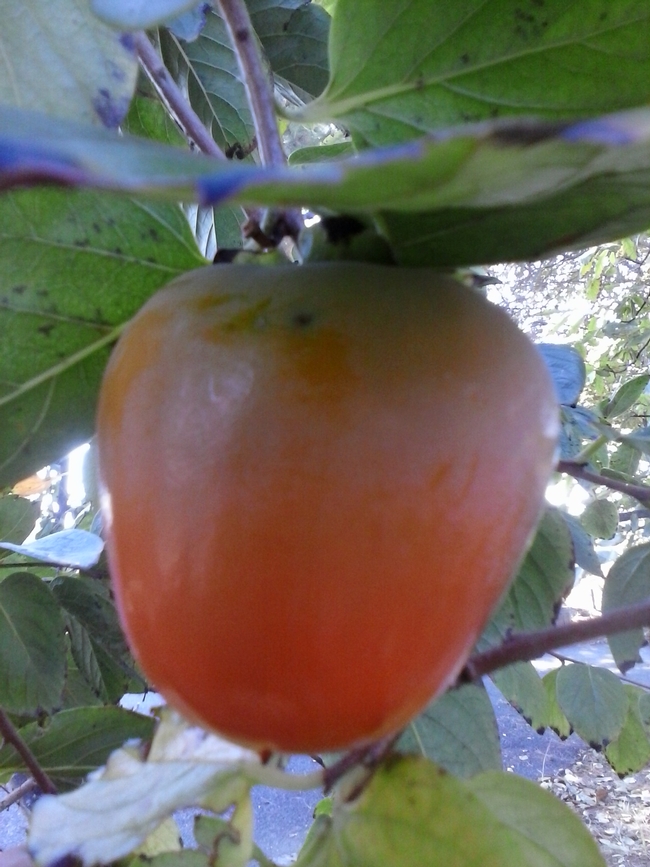California Persimmon Project
If you're a fan of persimmons (Diospyros kaki), a USDA Agricultural Research Service project funded with a grant from the California Department of Food and Agriculture titled “Enhancing the Marketability of California Persimmons” will be of interest to you. The project seeks to increase the profitability of California persimmons by recommending cultivars preferred by consumers, by evaluating the flavor, nutrient and vitamin content of 55 cultivars, and by developing protocols to rapidly dry persimmons.
Dr. Rebecca Milczarek, one of the project co-investigators on the project discussed the status of project at the Statewide Master Food Preserver Conference held in June. The project began with the collection of samples from 55 cultivars. The cultivars included astringent, non-astringent, and pollination-variant phenotypes.
Pollination-variant persimmon trees can produce both astringent and non-astringent tasting persimmons. Those blossoms on the tree not pollinated in the spring produce astringent persimmons with no seeds. Those blossoms that are pollinated produce non-astringent persimmons with seeds. “Chocolate persimmons” and “Coffee Cake persimmons” are examples of pollination-variant cultivars.
The cultivar samples are being collected and tested over a two year period. The samples are from four sources. Those sources are the National Clonal Germplasm Repository, L.E. Cooke Co. (Visalia, CA), Oak Acre Farms (Live Oak, CA), and O. Bertolero (Santa Rosa, CA).
Under the project, the persimmon cultivars (both fresh and dried) will undergo a chemical analysis of their anti-oxidant, tannin content, brix, TTA, pH, sugars, vitamin C, and organic acids. The texture of the dried persimmons will also be evaluated. And the dried persimmons will undergo several consumer tests.
Dehydration methods used in the project included traditional Hoshigaki style open air drying the whole persimmons, and hot air drying. In addition, another preservation method included was freezing the pulp.
More information on the project can be found at www.ars.usda.gov/PersimmonCDFA2014project.html

Hachiya persimmon (photo by Kathy Low)

